By Aafaque Hussain
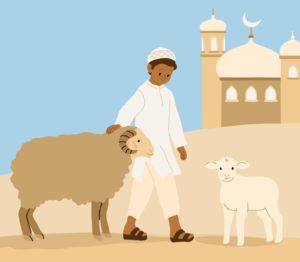 Eid al-Adha or the Feast of Sacrifice, is celebrated by Muslims all over the world and along with the rest of the world.
Eid al-Adha or the Feast of Sacrifice, is celebrated by Muslims all over the world and along with the rest of the world.
Eid al-Adha which is the second and the largest of the two main holidays celebrated in Islam (the other being Eid al-Fitr) is also observed here in Shillong and throughout Meghalaya with fun and fervour.
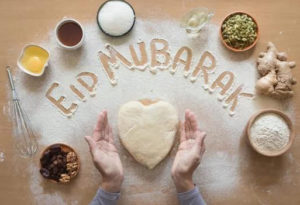
The Festival honours the willingness of Abraham (Ibrahim) to sacrifice his son Ishmael (Ismail) as an act of obedience to God’s command. However, as the story goes, before Abraham could sacrifice his son in the name of God, and because of his willingness to do so, God provided him with a lamb to sacrifice in his son’s place.
In commemoration of this intervention, animals are ritually sacrificed. Part of their meat is consumed by the family that offers the sacrificial animal, while the rest of the meat is distributed among the poor and the needy.
Customarily, thousands of men and children wear new clothes and skull caps and offer special prayers in Eidgahs and mosques in Shillong. Apart from the Eidgahs in the capital city of Shillong, special prayers are also held in different mosques located in Jowai, Nongpoh, Byrnihat, and Dawki. This has been a fairly commonly observed sight during Eid.
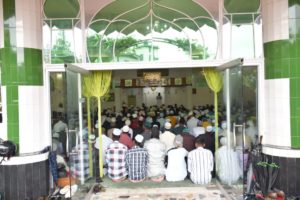
Despite being a Christian dominated state, the festival has been celebrated since times immemorial in Meghalaya and especially in Shillong as pointed out by Md Zakaria (62), an elderly member of the community and is also an involved member of several community projects.
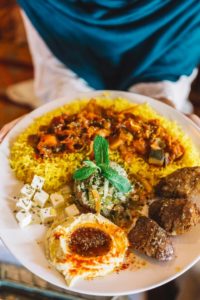
As Zakaria recalls, the festival has been celebrated in Shillong since British time as per the rituals without any alteration. Throughout the years, the civil areas of Shillong comprised a considerable number of muslims and hence the festival has witnessed continuity that is observed with fun and gaiety ever since.
According to Zakaria, after the Partition of India in 1947, many residents of the Faith left for East Pakistan and many also went to Bangladesh after 1971 which resulted in a dwindling Muslim population. Today, this has been reduced to civil areas of Shillong but even now, Muslims of Shillong celebrate the day as per the rituals and norms.
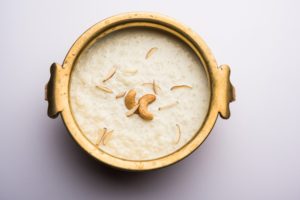
The festival enjoys special significance because the Day of Sacrifice marks the climax of Hajj or Pilgrimage, the fifth pillar of Islam. This annual pilgrimage to Makkah and Madinah in Saudi Arabia is an obligation only for those men and women who are physically and financially able to perform it once in their lifetime.
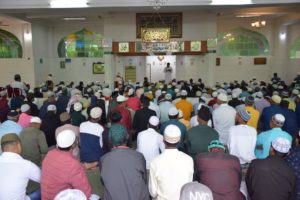 Since an integral part of its observation includes sacrifice through the proverbial goat, there has also been a row of debates on the sacrifice of animals during Eid Al-Adha. Several animal rights groups and even saffron groups have objected to the practice of animals in mainland India. However, it is also seen that the practice of slaughtering animals is not religion specific but is prevalent among different communities and religions too when animals are sacrificed during some festivals. The essence, however, is only purely ritualistic and symbolic.
Since an integral part of its observation includes sacrifice through the proverbial goat, there has also been a row of debates on the sacrifice of animals during Eid Al-Adha. Several animal rights groups and even saffron groups have objected to the practice of animals in mainland India. However, it is also seen that the practice of slaughtering animals is not religion specific but is prevalent among different communities and religions too when animals are sacrificed during some festivals. The essence, however, is only purely ritualistic and symbolic.
Apart from Shillong, the festival is also celebrated with a lot of enthusiasm in the plain belts of Garo Hills. In Garo Hills, as the percentage of Muslims belong to Sunni sect, they offer prayers in the morning after which other rituals such as Qurbaani is performed.
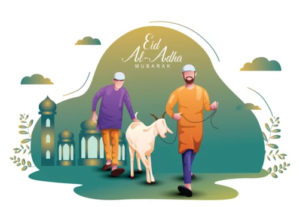 One of the finest characteristics of Eid al-Adha celebrations locally is that during the celebration, people from the Garo and other communities also visit the home of Muslims and exchange pleasantries. Visitors are also treated with home made delicacies bearing a cosmopolitan character.
One of the finest characteristics of Eid al-Adha celebrations locally is that during the celebration, people from the Garo and other communities also visit the home of Muslims and exchange pleasantries. Visitors are also treated with home made delicacies bearing a cosmopolitan character.
In fact, Power Minister AT Mondal said that during Eid, people from Hills come to the plains to exchange pleasantries and during Christmas, people from the plains also visit the Hills to exchange greetings and pleasantries.
“ Such exchange of pleasantries and greetings is one of the finest characteristics of the celebration here,” Mondal said.
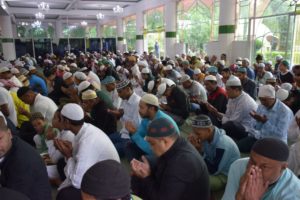
Qaiser Raza, Imam of Mohammadia Al Hissainee mosque Shillong while sharing his thoughts on the festival said that in Shillong, the festival is celebrated with true spirit of unity and brotherhood as people greet each other and wish for their peace and prosperity. In addition, he said that apart from the greetings, people in the small city of Shillong observe the festival with its true message as special care is given to the needs of those that are marginalised and economically deprived. He also said that people with their hard earned money sacrifice goats and a major part of it is distributed among the needy.
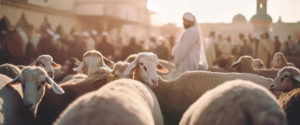 Also known as the festival of sacrifice, the festival is a time of joy, gratitude and togetherness and on the occasion, several traditional foods and sweets are prepared at homes.
Also known as the festival of sacrifice, the festival is a time of joy, gratitude and togetherness and on the occasion, several traditional foods and sweets are prepared at homes.
Some of the most common delicacies cooked on the occasion are Biryani, Kebabs, sheer khurma, and kulfi with falooda. This festival is also a time for families and relatives to come together as near and dear ones visit each other’s homes and greet each other besides exchanging pleasantries. This is also a time to feast as visitors are treated with delicacies and families make merry.
All in all, Eid Al-Adha stands as a symbol of sacrifice, obedience to the command of the almighty and extending that to others.



